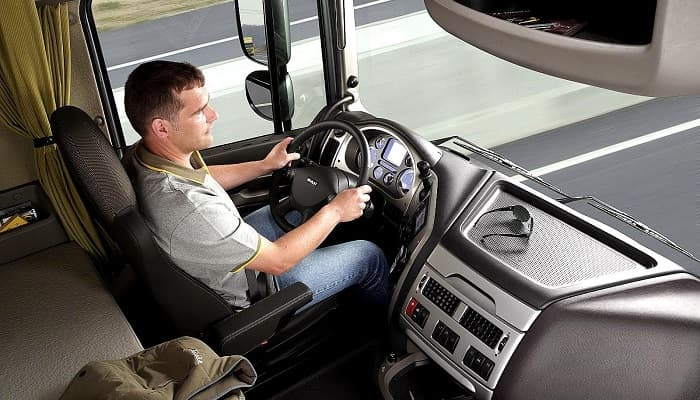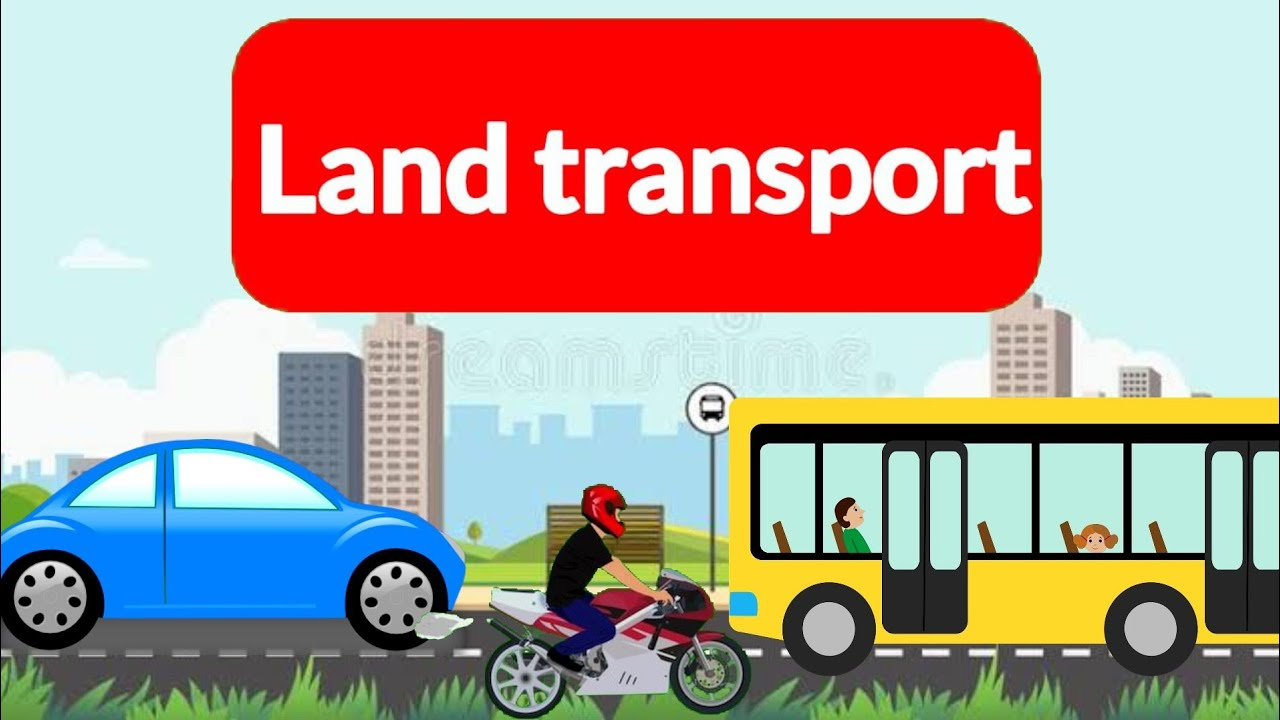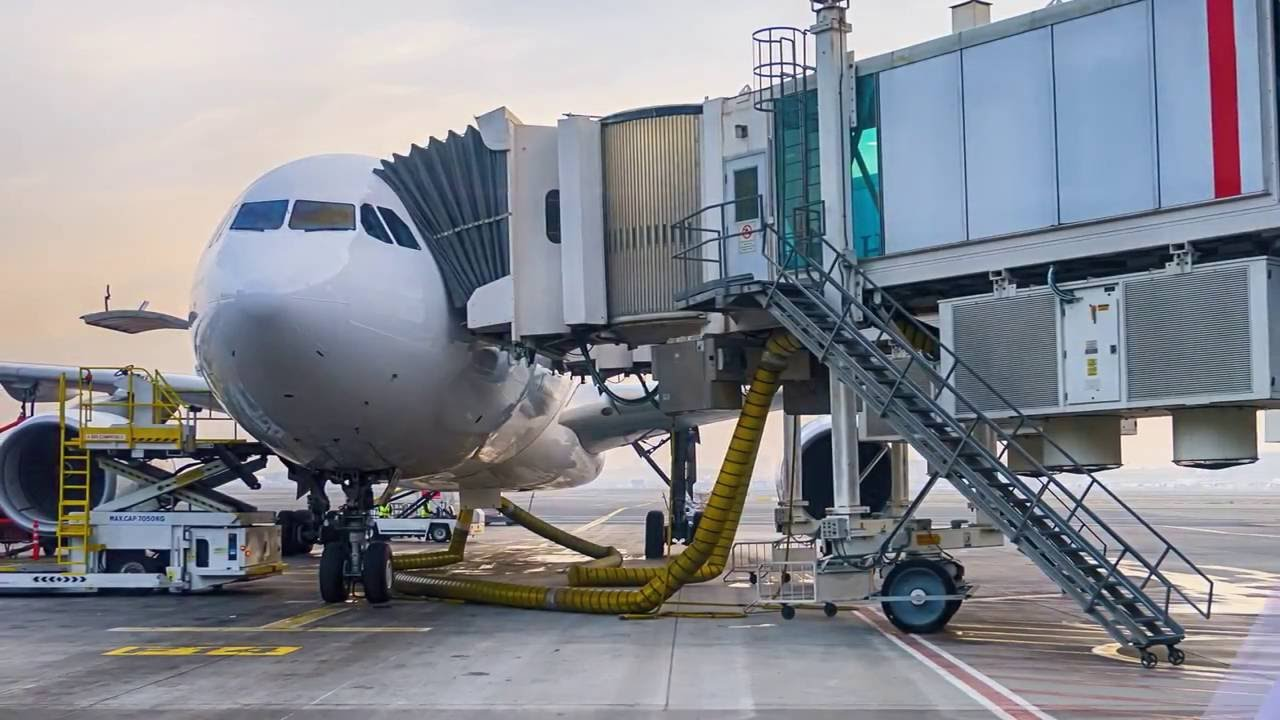Commercial Vehicle Driver – LMO (1 years diploma)
Commercial Vehicle Driver – LMO click here
Brief Job Description
Individuals are expected to drive the Liquid Medical Oxygen(LMO) tankers safely and efficiently on the
assigned route. This role requires the individual to handle hazardous material and liquid medical oxygen.
S/he should be able to handle most of the routine break downs that could likely be encountered while
driving long distances and through difficult terrains. The individual is also expected to achieve other key
performance parameters such as fuel efficiency, on time delivery etc.

Personal Attributes
The person should be able to work for long hours under tiring and demanding conditions. The individual
must be dependable, responsible, polite and remain calm and composed at all times. S/he should be able
to communicate effectively as they need to deal with a variety of people everyday.
Assess and ensure road worthiness of the vehicle
Description
This OS unit is about to ensure that the vehicle is road worthy for use. The individual is responsible to
check the vehicle thoroughly before starting the trip.
Scope
This unit/ task covers the following: Assess the road worthiness of the vehicle as per the:
Service Manual requirements
CMVR guidelines
Additional HSE requirements
Technical requirements
Elements and Performance Criteria
Vehicle road worthiness
To be competent, the user/individual on the job must be able to:
PC1.. check that the vehicle meets basic legal and compliance related requirements as per : the
organization guidelines erg rule books of STUs CMVR guidelines from Month and other
guidelines issued by Road Transport Authorities like RTOs any other safety, security and
environmental guidelines
PC2.. check vehicle service record indicative of any history of technical defects or immediate need
for servicing like oil/filter change
PC3.. record any other deviations observed during the trip
Basic technical check before the trip

To be competent, the user/individual on the job must be able to:
PC4.. supervise and ensure all basic technical checks have been carried out as per standard
organization check list /procedure
Escalation of technical problem
To be competent, the user/individual on the job must be able to:
PC5.. report actual or possible defects to the senior driver or owner or service supervisor in enough
detail so they can diagnose the problem
PC6.. In consultation with owner conclude about the road worthiness of vehicle and if found unfit to
decide to use another vehicle.
Knowledge and Understanding (KU)
The individual on the job needs to know and understand:
KU1. companys policies on: road worthiness requirement; basic compliance to technical
requirements and standards; safety and hazards
KU2. CMVR guidelines and other specific local regulations
KU3. organization structure
KU4. escalation procedure
Generic Skills (GS)
User/individual on the job needs to know how to:
GS1. Read and understand technical standards of vehicle operation in terms of fuel system and
other control systems in vehicle.
GS2. document technical issues pertaining to vehicle
GS3. follow supervisors instructions
GS4. communicate with assistant and other personnel
GS5. when not to use the vehicle due to technical and/or compliance related issues
GS6. how to learn from past mistakes and identify potential problems
Drive safely and efficiently on the assigned route including long distance trips
Description
This OS unit is about safe driving practice
Scope
This unit/ task covers the following:
driving practicesto ensure safety of life and material
traffic and regulatory norms
dealing with brake downs and emergencies in varied terrains and far flung geographies
dealing with people
driving practices to ensure optimum fuel efficiency
Elements and Performance Criteria
Conformance to standard driving practices
To be competent, the user/individual on the job must be able to:
PC1.. conform to standard driving practices covering such as confirm all checks have been carried
out for road worthiness of the vehicle. confirm all papers and documents including driving
license ,vehicle documents and documents related to goods etc are available. start the vehicle
and before moving re confirm all gauges are functioning after starting but within few meters
of moving to check the brakes. change gear smoothly and in good time; coordinate the
change of gears with steering control and acceleration use the accelerator, steering control
and brakes correctly to regulate speed and bring the vehicle to a stop safely coordinate the
operation of all controls to manoeuvre the vehicle safely and responsibly in all weather and
road conditions in forward gear.In reverse gear to take help of assistant. use the windows,
wipers, demisters and climate and ventilation controls so that you can see clearly monitor
and respond correctly to gauges, warning lights and other aids when driving in case of any
malfunctioning or breakdown, to immediately attend to the problem by :-stopping the vehicle
at a safe place -carrying out a quick diagnostic check -carrying out minor adjustments or
temporary repairs if possible -asking for help in case of major problems by accurately
reporting the exact nature of problem so that adequate help is made available at all times
while driving to practice good driving habits of gear change, acceleration and braking to
ensure obtaining maximum fuel efficiency.
Conformance to traffic regulation
To be competent, the user/individual on the job must be able to:
PC2.. conform to state specific traffic regulations such as change lanes safely at appropriate speed
and observing traffic conditions overtake other road users legally, safely and by using correct
signalling at all times observe the speed and distance in relation to vehicles ahead, behind
and on the sides and maintain a safe distance from other vehicles. signal your intentions
correctly to other road users within a safe, systematic routine respond appropriately to all
permanent and temporary traffic signals, signs and road markings as well as hand signals of
traffic policeman. use indicators and arm signals to signal intentions as per the traffic
requirements Use the parking light when stationary, where needed select a safe, legal and
convenient place to stop; secure the vehicle safely on gradients using hand brakes and wheel
choke check for oncoming cyclists, pedestrians and other traffic before opening your door
remain calm and composed during difficult situations like traffic jam, accidents and strictly
avoid any feud with fellow commuters and other public.
General conduct on the road
To be competent, the user/individual on the job must be able to:
PC3.. give preference and right of road usage to children, elderly and differently abled. Comply with
any related rules, regulations and practices for handling general public issues as well as show
consideration towards stray animals.
Knowledge and Understanding (KU)
The individual on the job needs to know and understand:
KU1. companys guidelines on safe driving practices; system and processes to ensure safe driving
KU2. reporting structure
KU3. problem escalation procedure
KU4. safe driving techniquessuch as avoid over speeding and follow prescribed limits maintain safe
distance from other vehicles avoid pot holes, stones, other strewn objects in case of bridges
and underpasses, observe and avoid driving when water level is above danger mark observe
movement of pedestrians to avoid collision observe movement of stray animals to avoid
collision

KU5. alternate routes in case of natural calamity, road construction work etc.
KU6. troubleshooting techniques in the event of technical problems like changing wheels using jack
KU7. traffic regulations
KU8. elements of good driving habits for obtaining fuel efficiency : avoid clutch riding avoid
frequent changing of gears avoid frequent braking avoid over speeding avoid idling of engine
beyond reasonable limit avoid high idling speed setting in engine ensure there is no brake
binding obtain right grade of fuel from authorized outlets only ensure correct quantity of fuel
received as per bill
Generic Skills (GS)
User/individual on the job needs to know how to:
GS1. to communicate effectively in local language and also preferably basic spoken Hindi and
basic written English
GS2. communicate information in a format that meets the requirements
GS3. seamless coordination with colleagues
GS4. assist others who require help
GS5. take help from Assistant or junior driver
GS6. keep oneself updated with the new vehicle technologies and functionalities
GS7. gain knowledge/ experience from working on different routes
GS8. when on long distance/ inter state schedule , plan the trip keeping in mind regulations like no
entry times and municipal limits in urban areas
GS9. plan and drive based on traffic and road condition using radio links/navigation aids where
available
GS10. plan safe handling of life and materials as per the exact load being transported e.g.special
people groups like children, elderly, differently abled or perishable,hazardous goods
GS11. fitness of vehicle for safe driving
GS12. breakdown condition
GS13. accident and emergency situations and medical emergencies
GS14. assess the problem, evaluate the possible solution(s) and use an optimum /best possible
solution(s)
GS15. identify immediate or temporary solutions to resolve delays and crisis situations
GS16. manage children, aged and differently abled individuals
GS17. effective tackling of passengers and public who may be stressed, frustrated, confused, or
angry
GS18. build passenger friendly work environment and use customer centric approach to resolve
crisis
GS19. resolve conflict while dealing with public
GS20. how to learn from past mistakes to resolve technical and non-technical problems
Practice HSE and security related guidelines
Description
This OS unit is about being aware of, communicating and taking steps towards minimizing potential
hazards and dangers of accidents on the job and maintaining a clean work environment
Elements and Performance Criteria
Communicating potential accident points
To be competent, the user/individual on the job must be able to:
PC1. spot and report potential safety issues while driving
PC2. follow rules and regulations laid down by transport authorities
PC3.. follow company policy and rules to avoid safety, health and environmental problems
Cleanliness and hygiene
To be competent, the user/individual on the job must be able to:
PC4.. ensure cleanliness of ambulance
PC5. escalate issues related to cleanliness and hygiene issues to concern department
PC6.. escalate issues related to hazardous material to concerned authority internal and external
Limit damage to people/client and public
To be competent, the user/individual on the job must be able to:
PC7.. take immediate and effective action to limit the danger or damage, without increasing the
danger or threat to yourself or others
PC8. follow instructions or guidelines for limiting danger or damage in respect of equipment on
board such as oxygen cylinders.
PC9. escalate the issue immediately if you cannot deal effectively with the danger
PC10.. give clear information or instructions to others to allow them to take appropriate action
PC11. record and report details of the danger in line with operator guidelines
PC12. report any difficulties you have keeping to your organizations health and safety instructions
or guidelines, giving full and accurate details
PC13.. check the exhaust as per the recommended guideline and ensure the ambulance is meeting
the emission norms. in case not get the ambulance retuned/ adjusted.
PC14. get the waste from routine cleaning, changed spare parts etc. disposed off as per
environmental norms
Knowledge and Understanding (KU)
The individual on the job needs to know and understand:
KU1. organization’s instructions or guidelines relating to dealing with and reporting safety and
emergency issues
KU2. what action you can take, and are authorized to take, to limit danger
KU3. methods of effective and appropriate communication to let others know about the safety,
cleanliness and emergency situations
KU4. where and how to get help in dealing with safety and emergency situations
KU5. how to use appropriate equipment and alarm systems to limit danger
KU6. alternate routes in case of natural calamity, road construction work etc.
Generic Skills (GS)
User/individual on the job needs to know how to:
GS1. to effectively communicate the safety, cleanliness and emergency issues
GS2. keep all the safety equipments in an organized manner so that there is no difficulty to find
them
GS3. report potential sources of danger
GS4. follow prescribed procedure to address safety and emergency issues
GS5. learn from past mistakes regarding use of safety and emergency issues
GS6. spot safety and cleanliness issues
GS7. assess impact of hazardous material, activity, incident
Employability Skills (60 Hours)
Description
This unit is about employability skills, Constitutional values, becoming a professional in the 21st Century,
digital, financial, and legal literacy, diversity and Inclusion, English and communication skills, customer
service, entrepreneurship, and apprenticeship, getting ready for jobs and career development.

Scope
The scope covers the following :
Introduction to Employability Skills
Constitutional values – Citizenship
Becoming a Professional in the 21st Century
Basic English Skills
Career Development & Goal Setting
Communication Skills
Diversity & Inclusion
Financial and Legal Literacy
Essential Digital Skills
Entrepreneurship
Customer Service
Getting ready for Apprenticeship & Jobs
Elements and Performance Criteria
Introduction to Employability Skills
To be competent, the user/individual on the job must be able to:
PC1. identify employability skills required for jobs in various industries
PC2. identify and explore learning and employability portals
Constitutional values – Citizenship
To be competent, the user/individual on the job must be able to:
PC3. recognize the significance of constitutional values, including civic rights and duties,
citizenship, responsibility towards society etc. and personal values and ethics such as
honesty, integrity, caring and respecting others, etc.
PC4. follow environmentally sustainable practices
Becoming a Professional in the 21st Century
To be competent, the user/individual on the job must be able to:
PC5. recognize the significance of 21st Century Skills for employment
PC6. practice the 21st Century Skills such as Self-Awareness, Behaviour Skills, time management,
critical and adaptive thinking, problem-solving, creative thinking, social and cultural
awareness, emotional awareness, learning to learn for continuous learning etc. in personal
and professional life
Basic English Skills
To be competent, the user/individual on the job must be able to:
PC7. use basic English for everyday conversation in different contexts, in person and over the
telephone
PC8. read and understand routine information, notes, instructions, mails, letters etc. written in
English
PC9. write short messages, notes, letters, e-mails etc. in English
Career Development & Goal Setting
To be competent, the user/individual on the job must be able to:
PC10. understand the difference between job and career
PC11. prepare a career development plan with short- and long-term goals, based on aptitude

Communication Skills
To be competent, the user/individual on the job must be able to:
PC12. follow verbal and non-verbal communication etiquette and active listening techniques in
various settings
PC13. work collaboratively with others in a team
Diversity & Inclusion
To be competent, the user/individual on the job must be able to:
PC14. communicate and behave appropriately with all genders and PwD
PC15. escalate any issues related to sexual harassment at workplace according to POSH Act
Financial and Legal Literacy
To be competent, the user/individual on the job must be able to:
PC16. select financial institutions, products and services as per requirement
PC17. carry out offline and online financial transactions, safely and securely
PC18. identify common components of salary and compute income, expenses, taxes, investments
etc
PC19. identify relevant rights and laws and use legal aids to fight against legal exploitation
Essential Digital Skills
To be competent, the user/individual on the job must be able to:
PC20. operate digital devices and carry out basic internet operations securely and safely
PC21. use e- mail and social media platforms and virtual collaboration tools to work effectively
PC22. use basic features of word processor, spreadsheets, and presentations
Entrepreneurship
To be competent, the user/individual on the job must be able to:
PC23. identify different types of Entrepreneurship and Enterprises and assess opportunities for
potential business through research
PC24. develop a business plan and a work model, considering the 4Ps of Marketing Product, Price,
Place and Promotion
PC25. identify sources of funding, anticipate, and mitigate any financial/ legal hurdles for the
potential business opportunity
Customer Service
To be competent, the user/individual on the job must be able to:
PC26. identify different types of customers
PC27. identify and respond to customer requests and needs in a professional manner.
PC28. follow appropriate hygiene and grooming standards
Getting ready for apprenticeship & Jobs
To be competent, the user/individual on the job must be able to:
PC29. create a professional Curriculum vitae (Résumé)
PC30. search for suitable jobs using reliable offline and online sources such as Employment
exchange, recruitment agencies, newspapers etc. and job portals, respectively
PC31. apply to identified job openings using offline /online methods as per requirement
PC32. answer questions politely, with clarity and confidence, during recruitment and selection
PC33. identify apprenticeship opportunities and register for it as per guidelines and requirements
Knowledge and Understanding (KU)
The individual on the job needs to know and understand:
KU1. need for employability skills and different learning and employability related portals
KU2. various constitutional and personal values
KU3. different environmentally sustainable practices and their importance
KU4. Twenty first (21st) century skills and their importance
KU5. how to use English language for effective verbal (face to face and telephonic) and written
communication in formal and informal set up
KU6. importance of career development and setting long- and short-term goals
KU7. about effective communication
KU8. POSH Act
KU9. Gender sensitivity and inclusivity
KU10. different types of financial institutes, products, and services
KU11. how to compute income and expenditure
KU12. importance of maintaining safety and security in offline and online financial transactions
KU13. different legal rights and laws
KU14. different types of digital devices and the procedure to operate them safely and securely
KU15. how to create and operate an e- mail account and use applications such as word processors,
spreadsheets etc.
KU16. how to identify business opportunities
KU17. types and needs of customers
KU18. how to apply for a job and prepare for an interview
KU19. apprenticeship scheme and the process of registering on apprenticeship portal
Generic Skills (GS)
User/individual on the job needs to know how to:
GS1. read and write different types of documents/instructions/correspondence
GS2. communicate effectively using appropriate language in formal and informal settings
GS3. behave politely and appropriately with all
GS4. how to work in a virtual mode
GS5. perform calculations efficiently
GS6. solve problems effectively
GS7. pay attention to details
GS8. manage time efficiently
GS9. maintain hygiene and sanitization to avoid infection







